The active-passive confrontation in ESG has already started since a few years but it may reach its apogee this year as sustainable investment has gained significant momentum. Following Nicolas Tangen positioning in the FT, advocating toward active ESG implementation, and having a clear view on the active-passive debate in ESG, a few elements should be kept in mind:
1. Due to the recent strong development of new products, both active and passive management can answer more or less adequately ESG goals like engagement, exclusion, climate change…
2. Both active and passive management for ESG investment have limitations:
- The availability and reliability of ESG relevant data
- The lack of consensus and transparency in ESG ratings limits the ability of investors to understand the meaning of ratings
- The strength of conviction for Engagement depending on the manager, or the asset management company.
3. True, active managers can overcome ratings limitations by relying on their own research.
4. Yet passive investing with new indices targeting decarbonization or climate change can significantly influence companies to align with sustainability principles.
👉 In ESG, too, a combination of active-passive funds is also key to build an efficient portfolio aligned with long-term sustainable goals.
Marlene Hassine Konqui


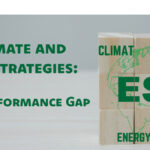
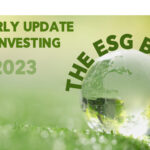
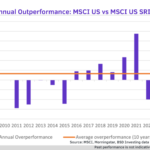


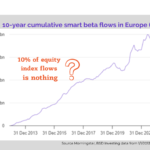

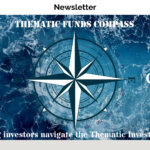
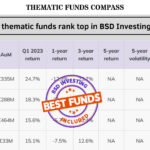
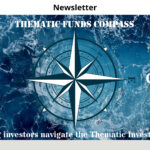

Leave a Reply
You must be logged in to post a comment.